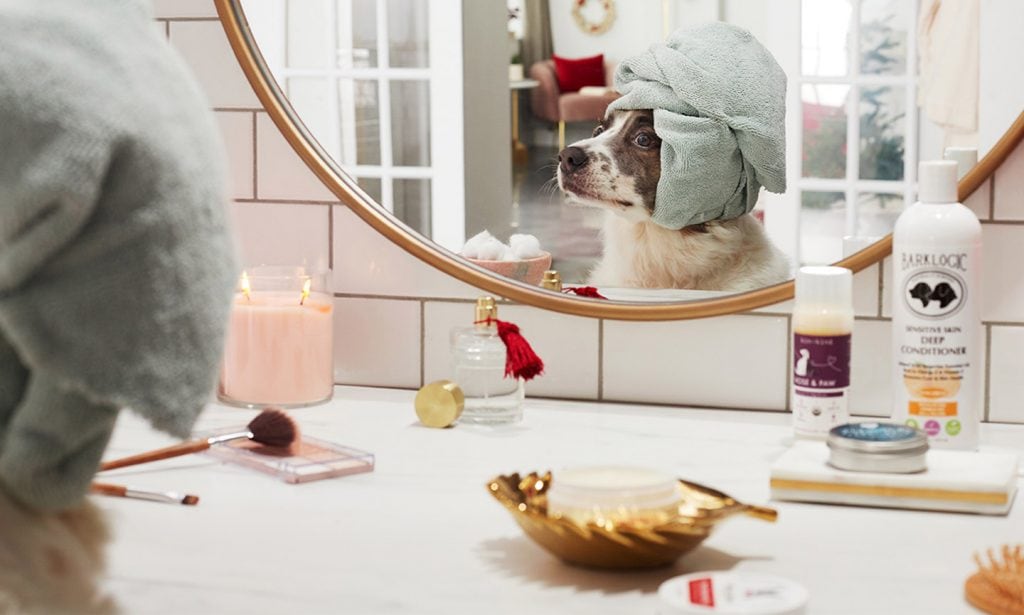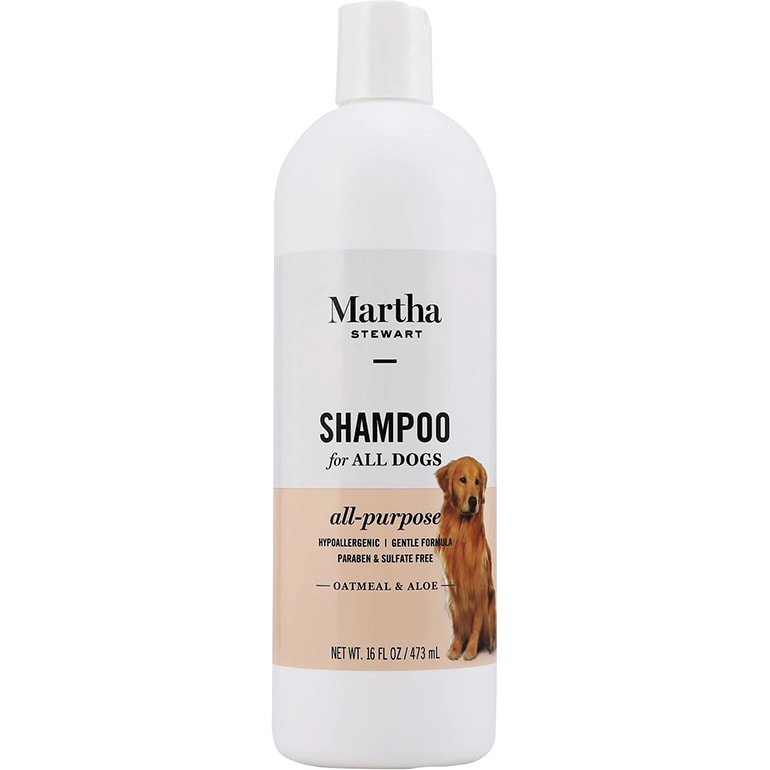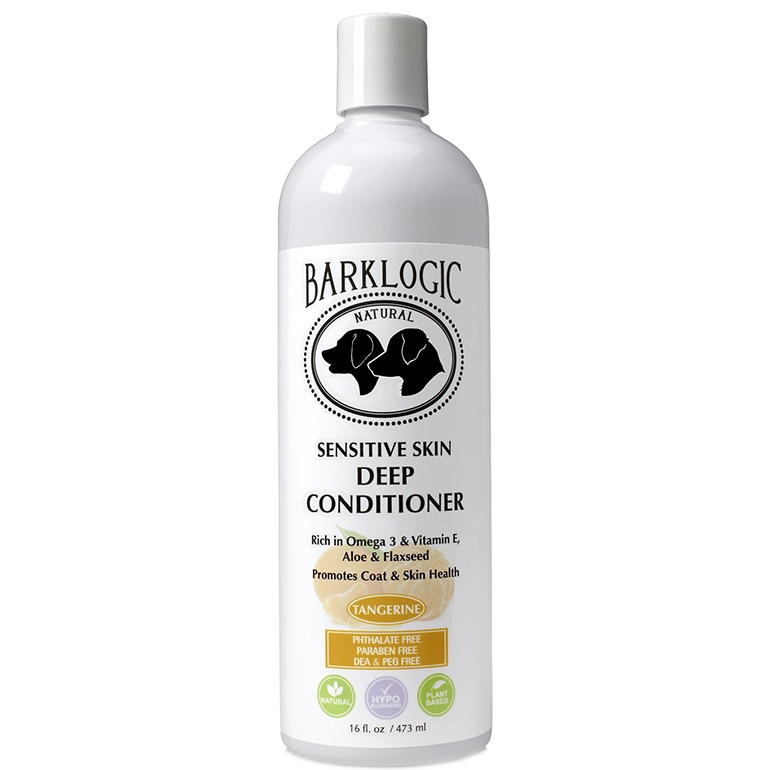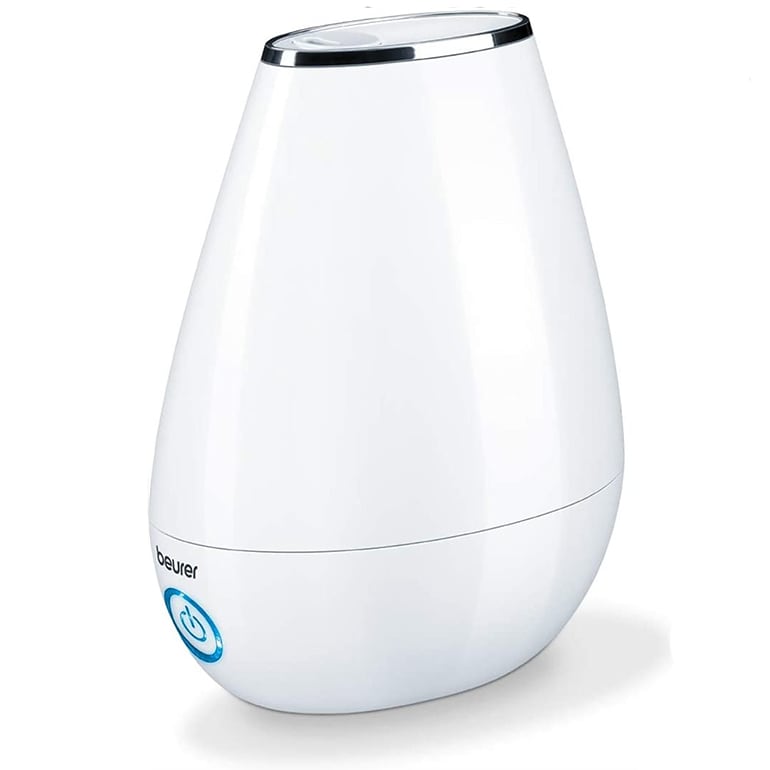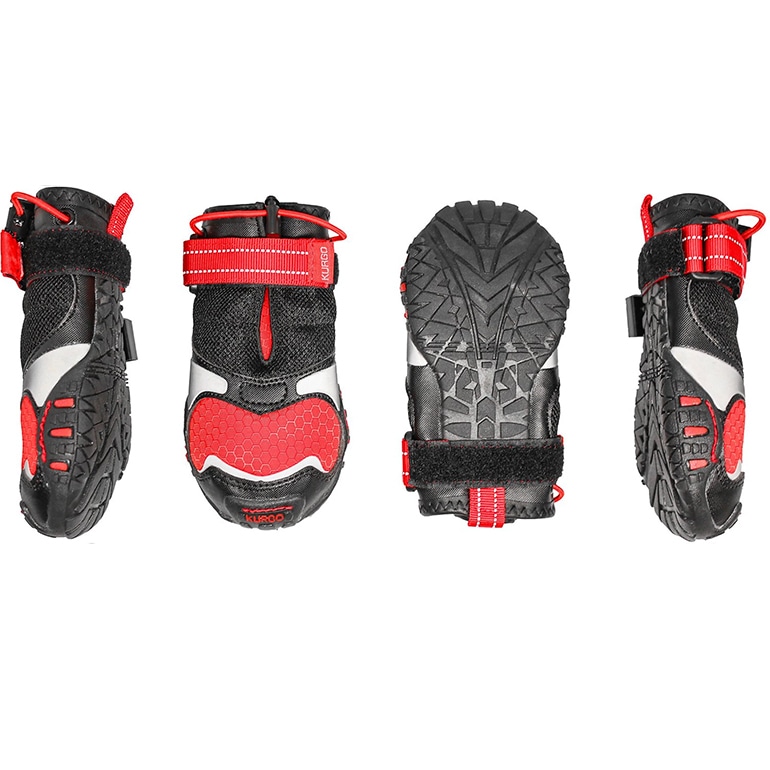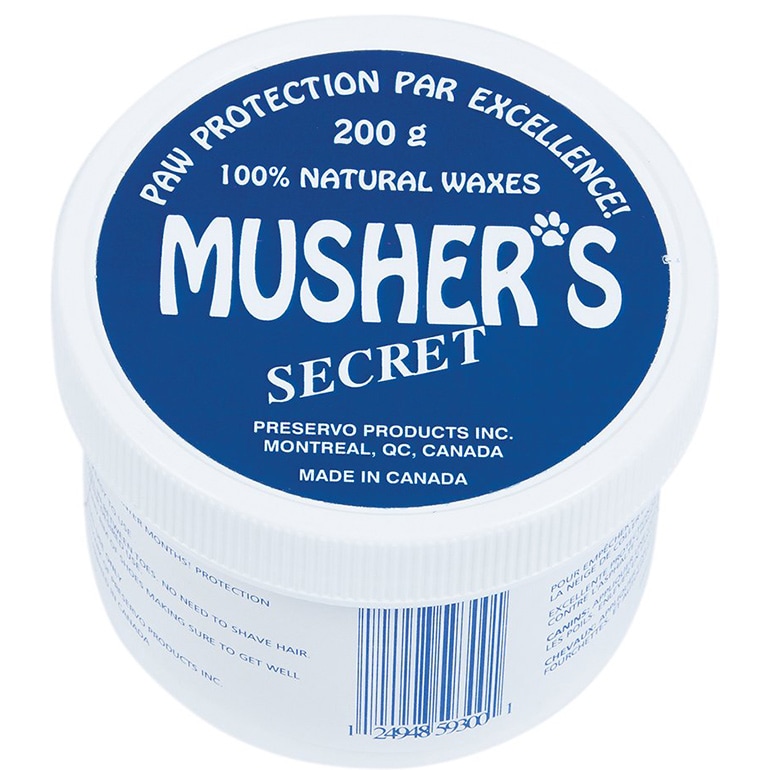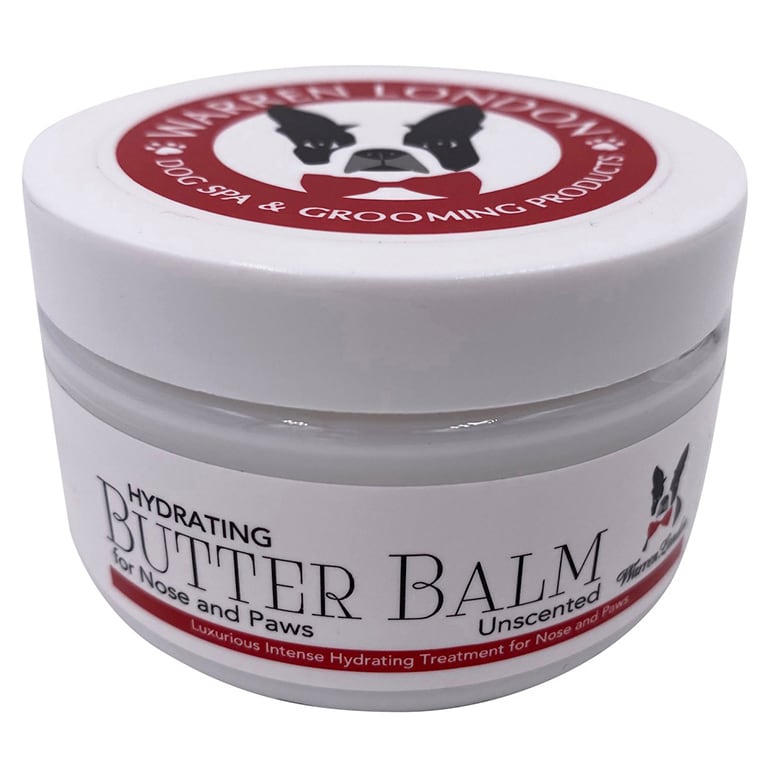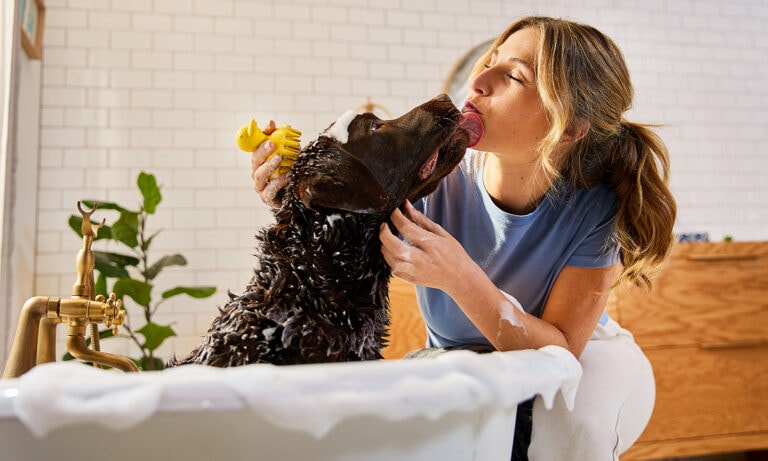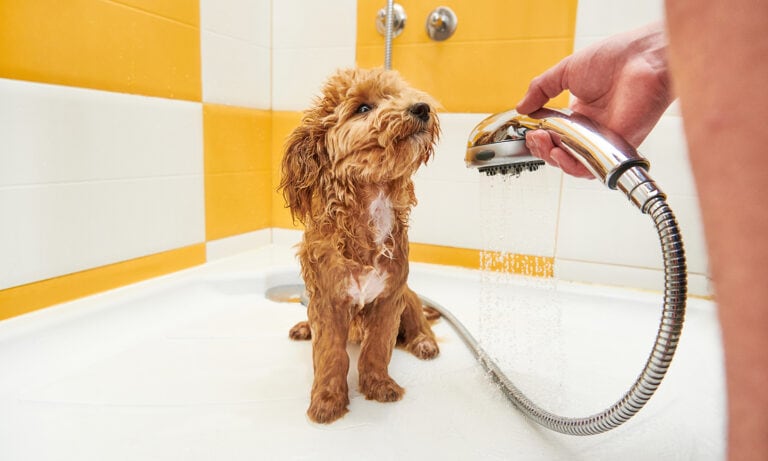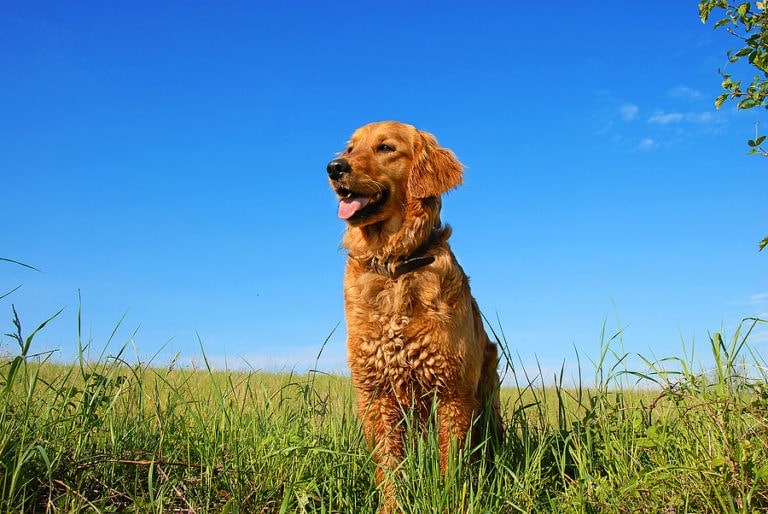Odds are, you’ve experienced some of the common complexion issues that winter weather often brings, such as dry or flaky skin. While you may have splurged on some new lotion or potion to alleviate it, don’t forget that your dog’s skin problems may need some TLC, too. Yes, your pup’s skin and coat may also be affected by the chilly weather, with dog skin problems often arising or becoming exacerbated during the winter season.
Below are four common skin and fur concerns for dogs come winter—and the vet-approved tips and tricks for revamping your doggo’s skincare routine and bringing them some relief.
Skin and Coat Care Concern No. 1: Dry & Flakey Skin
As Dr. Shelly Zacharias, DVM, MS, VPM, BCMAS, vice president of medical affairs at Gallant, explains, one of the most common dog skin problems in the winter is the same that many humans experience: dry and flakey skin.
“Our home heating systems only exacerbate dry skin for both dogs and humans,” Dr. Zacharias says.
It’s easy to tell when your own skin is dry, but how about your dog’s? Look for symptoms like:
- Excessive scratching
- Excessive licking
- Flaking skin
- Inflammation of the skin
So, what’s a pet parent to do? Similar to how you may switch out your regular moisturizer for a more hydrating formula come winter, Dr. Zacharias suggests using especially nourishing pet grooming products.
“When bathing your dog, use a moisturizing shampoo without added fragrance, such as an aloe-based shampoo, and use warm—not hot—water when bathing,” she says. Consider Martha Stewart's Oatmeal & Aloe Dog Shampoo that utilizes an all-natural formula to moisturize dry, sensitive skin, and BarkLogic Sensitive Skin Tangerine Dog Deep Conditioner that uses aloe, flaxseed, vitamin E and tangerine essential oil to nourish a dry coast and skin.
Dr. Zacharias also urges pet parents to encourage as much water intake as possible to prevent dehydration, which can affect your dog’s skin appearance as well as their overall health. “I add warm water to my dog’s food to help increase moisture in her diet,” she says.
And finally, to prevent your home’s air from becoming overly dry (you have your trusty space heater to thank for that!), Dr. Zacharias suggests adding a humidifier, like the Beurer 2-in-1 Essential Oil Diffuser & Air Humidifier, to your home. Both your and your dog’s skin will thank you.
Skin and Coat Care Concern No. 2: Allergies
Allergies are a common seasonal frustration for many people—and their pets. Though you might think of spring as the time of aggravating allergies, the winter months can affect your dog’s allergies, as well.
“While colder winter weather may give some dogs relief from some seasonal allergies (such as pollen), other dogs who are sensitive to mold or dust mites may have allergy flare-ups,” says Dr. Antje Joslin, DVM, co-owner of 99th Ave and Lower Buckeye Animal Clinic in Phoenix, Arizona, and veterinarian consultant for national dog daycare and boarding center Dogtopia.
If you notice that your dog’s skin seems itchy or irritated, give your vet a call. While the culprit may be that drying winter air, they may actually determine that allergies are possibly at play and can help you tailor a routine to your dog to help relieve them of their uncomfortable symptoms. This may include adding a supplement designed to bolster your dog’s allergy and immune response, like Zesty Paws Allergy Immune Bites, to their diet.
Skin and Coat Care Concern No. 3: Irritated Paw Pads
Even if you and your dog do your best to avoid walking through piles of snow during your daily walks, the chemicals and products used to keep sidewalks clear of sleet and ice can be rough on your poor pup’s sensitive paws.
“Salt can cause skin irritation as well as other very serious health issues,” explains Dr. Zacharias, who says that these common winter chemicals can even be fatal if consumed.
Dr. Zacharias suggests that pet parents outfit their dogs in a set of pet booties, like Kurgo Blaze Cross Dog Shoes, before heading out on a walk, so as to protect their paws from the salt and avoid a buildup of ice between their paw pads.
If you just can’t get your dog to walk comfortably in them (here are some tips to training your dog to wear booties), be sure to wipe down their feet post-walk—before they get a chance to lick their paws and possibly ingest any stuck-on salt.
You can also alleviate irritated or cracked paws by adding a paw balm to your dog’s winter care routine. These nourishing treatments, like Musher’s Secret Paw Protection Natural Dog Wax and its beeswax-boosted formula and the thick and creamy Warren London Hydrating Butter Nose & Paw Dog Balm, are specially formulated to soothe and moisturize dry paw pads. Gently massage the product into the affected areas for a seasonal spa treatment.
Skin and Coat Care Concern No. 4: Matted Fur
It may be tempting to let your dog’s fur grow out in the winter to give them a little extra warmth and insulation against the blustery breeze—but it’s worth rethinking if you want to keep their fur from matting and causing discomfort.
“Matted hair can lead to skin infections and can be painful,” explains Dr. Joslin, who notes that fur can more easily become matted in the cold winter months.
“A dog’s hair will stay wet for a long time after playing in the snow or going out in the rain, and can quickly become matted and dreaded. In particular, curly-coated breeds (such as the Poodle and Bichon Frise) will develop snow and ice balls in their coat after romping in the snow.”
According to Dr. Joslin, it’s OK to leave your pup’s fur a bit longer than you would in the summer months, but to still make regular trips to the groomer and thoroughly brush their coat several times a week—and after any romps in the snow to clear away any debris. An absorbent microfiber towel, like the Frisco Microfiber Towel, is also good to have on hand to help your pet dry off quickly.
Dr. Joslin also suggests discussing adding an essential fatty acid supplement to your dog’s diet with your vet. Think of these supplements like the biotin vitamins some people take to grow their hair: When added to your pup’s skin and coat care routine, they can help soften dry fur (that could otherwise more easily become matted). Consider the omega-3 and -6 fatty acid-packed Vibeful Wild Alaskan Salmon Oil Formula Liquid Skin & Coat Supplement.
While solving your dog’s winter woes isn’t as simple as a trip to Sephora, the simple lifestyle changes above can possibly help your fur baby with their dog skin problems. However, it’s always best to seek advice and assistance from your veterinarian to expedite relief and rule out any potential underlying issues.
“If your dog seems excessively itchy, develops skin lesions, sores or suffers hair loss, then that can likely be a sign of a more serious underlying medical problem,” Dr. Zacharias explains, also noting to watch out for behaviors and symptoms like lethargy, lack of appetite, vomiting or diarrhea. “If [you notice] any of these clinical signs, then it is time to visit your veterinarian.”
Remember that your vet is there to assist you toward your goal of helping your dog feel and look their best—hydrated skin, paws, fur and all.
More Ways to Pamper Your Pet:
Share:
